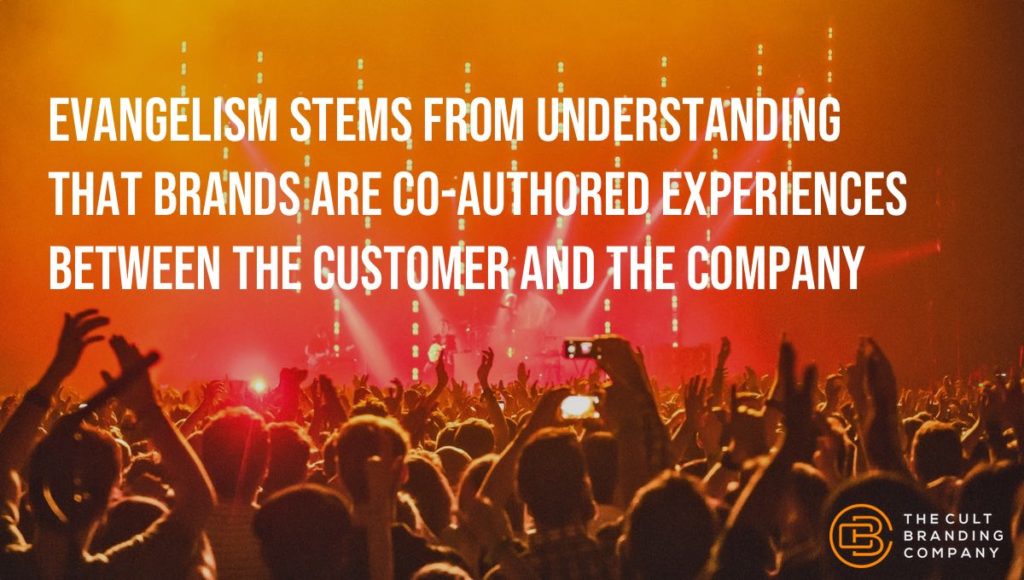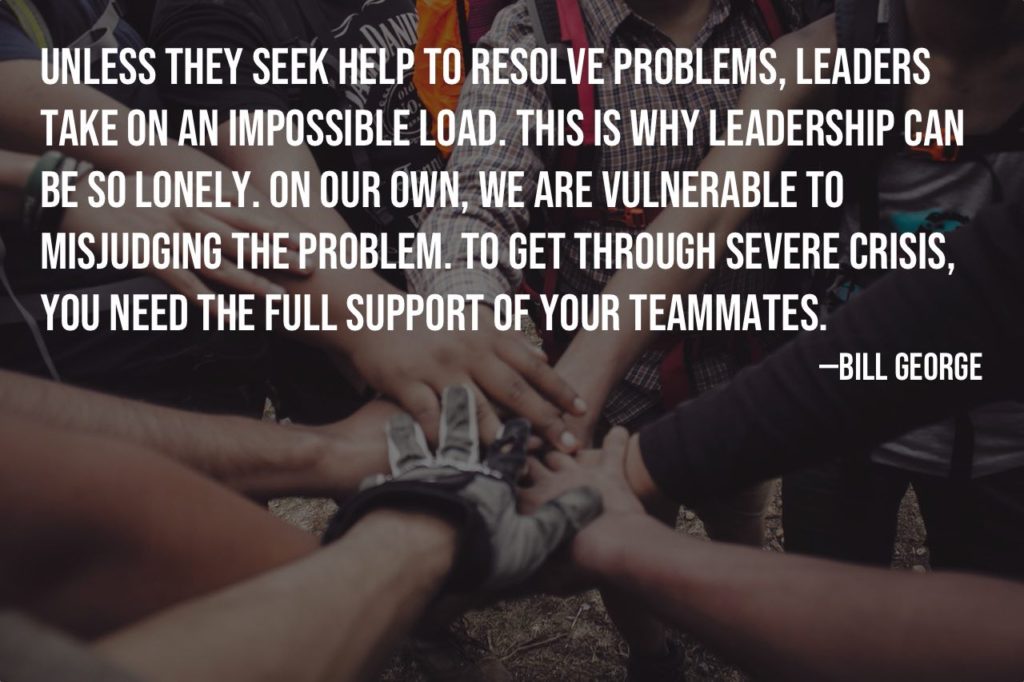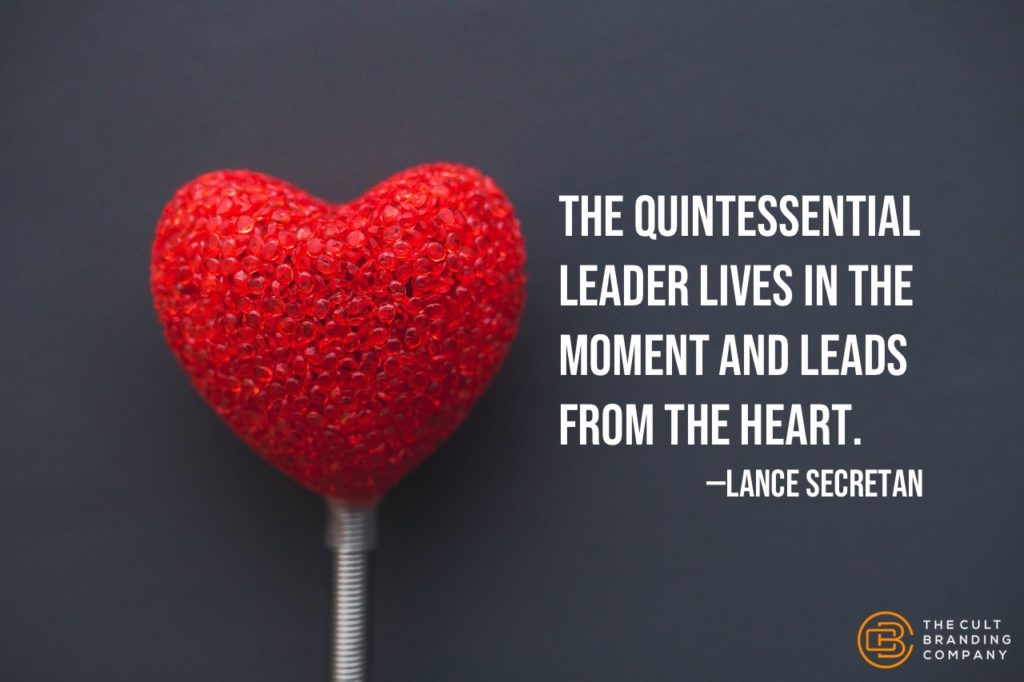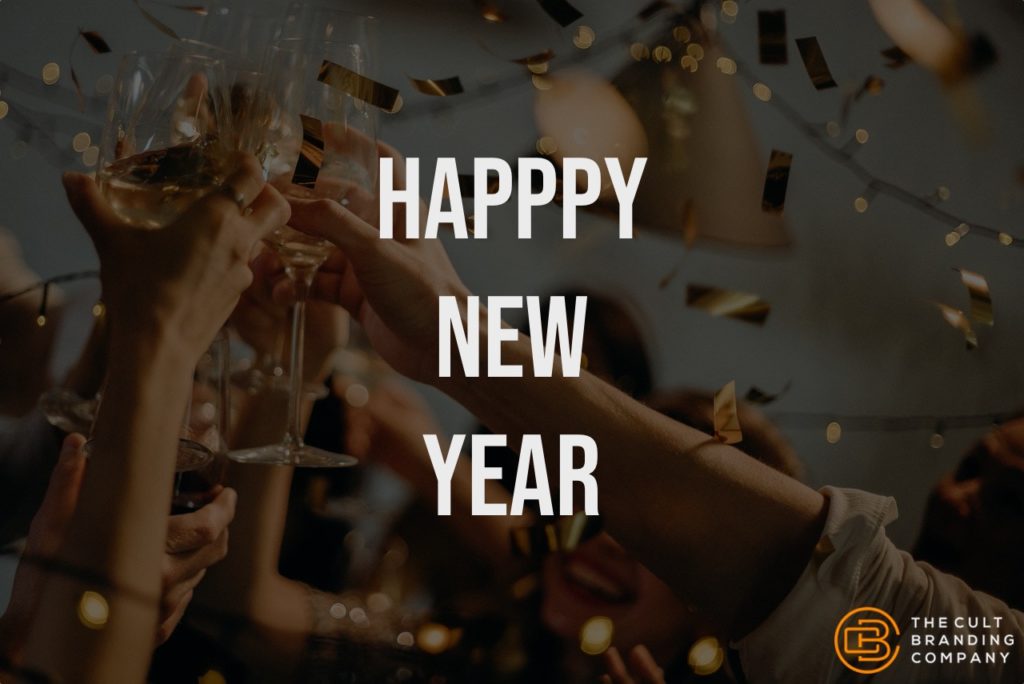
We are big fans of great books.
One of our favorite books is Guy Kawasaki’s Selling The Dream.
In Selling The Dream, former Apple software evangelist Guy Kawasaki lays the groundwork for what it takes to drive passion.

When times get difficult, leaders tend to take on burdens greater than they can carry alone. But, this is an impossible situation. In order to achieve anything great in an organization, you need a team to help you get there.
Here are five ways to enable your team to help you achieve your organization’s goals.

And now these three remain: faith, hope and love. But the greatest of these is love.1 Corinthians 13:13
Real leadership is value-driven, based on principles such as humility, accountability, positivity, and love. Here are eight principles for a more humanistic approach to leadership:
Embody Values: Values determine what types of behaviors are in line with your company’s purpose that will help you achieve your vision. Values can never be given up. They guide you in good times and in tough times. They determine what you are and what you are not. Living up to your values protects you from cynics.
![To be an effective leader, you have to be a really good listener. And, not to what’s being said, but to what’s not being said. You have to be really observant. That was a big transition for me: I went from being a scorer and a floor general to being a leader. And, that meant putting others first. That means not worrying about: Are you in rhythm? Are you playing well in this game? Are you ready to go? [It means going] to being: Are they ready? What can I do to help them be ready? That’s the big transition to make. You’ve gotta observe them, because they all have things they want to accomplish as individuals. And, as. Leader you’re like, “Okay, what are those things?” And, how can I help them accomplish that within the system, the structure that we are trying to do collectively. —Kobe Bryant](https://cultbranding.com/ceo/wp-content/uploads/2020/02/Leadership-Leaders-Kobe-Bryant-1024x643.jpg)
The passing of Kobe Bryant this week had us reflecting on the man he was and the time we spent working with him. When we worked with Kobe, he was undergoing the transition from being number 8 to number 24. This transition was much more than just a number change for him; it had personal significance. 24 meant dedicating himself every hour of the day to being a better person that others could look up to; it meant going from focusing just on himself and his stardom to focusing on being a leader and helping his teammates achieve their goals. Kobe realized that leadership is a choice and that it takes dedication, practice, awareness, constant learning, and skill. Leaders are made, not born. And, great leaders never stop trying to be better not just for themselves, but for those they have the honor of leading. Rest in peace Kobe.

As the year comes to a close, we’d like to thank all of you for continuing to support our blog with your readership.
We’d especially like to thank our friends that contributed blogs in the past year: Tyler Williams, Lead Link of Brand Aura at Zappos, wrote about what it takes to build a great brand without engaging in practices that would disappoint your mom; John Bunch, Lead Organizational Designer at Zappos, wrote about the journey to Zappos’ 20th birthday this year and what the future looks like for the company; and Greg Breeding, President of Journey Group, wrote about what it took to create the Love Stamp for the United States Postal Service.
Taking into consideration opens, shares, and clicks, below are our five most popular blogs of 2019.
We wish you and your family a happy, healthy, and fantastic New Year.
BJ, Salim, and Aaron
The relationship between Cult Brands and their Brand Lovers is mutually beneficial.
Brand Lovers enjoy a real sense of satisfaction, accomplishment, and belonging from the relationship. Their self-image is enhanced significantly: these customers feel better about themselves—and they feel strongly that others view them more positively—because of the brands they openly embrace.

Successful brands are many things. To appeal to customers, organizations must be credible, with actions that are in alignment with their messaging. There must be no disconnection between what a brand promises and what it delivers.
A brand must be meaningful, with specific relevance to customers’ lives. Successful brands are unique, with a distinct identity in the marketplace. Successful brands are holistic, meeting customers’ needs on multiple levels. Successful brands are sustainable, engaged in business practices they can maintain over the long term.